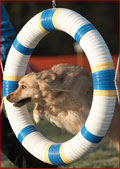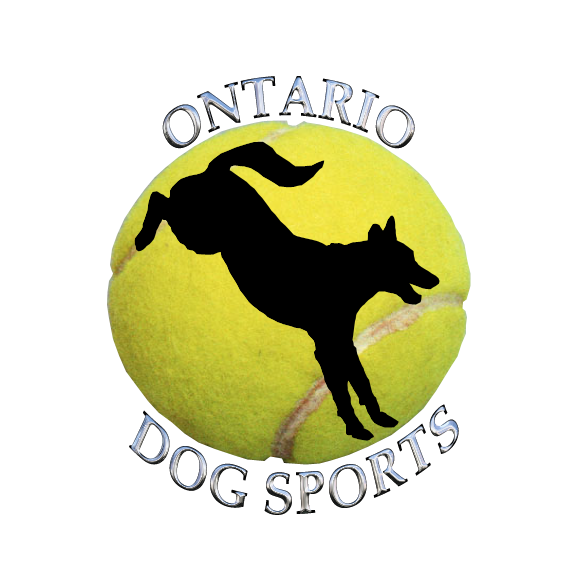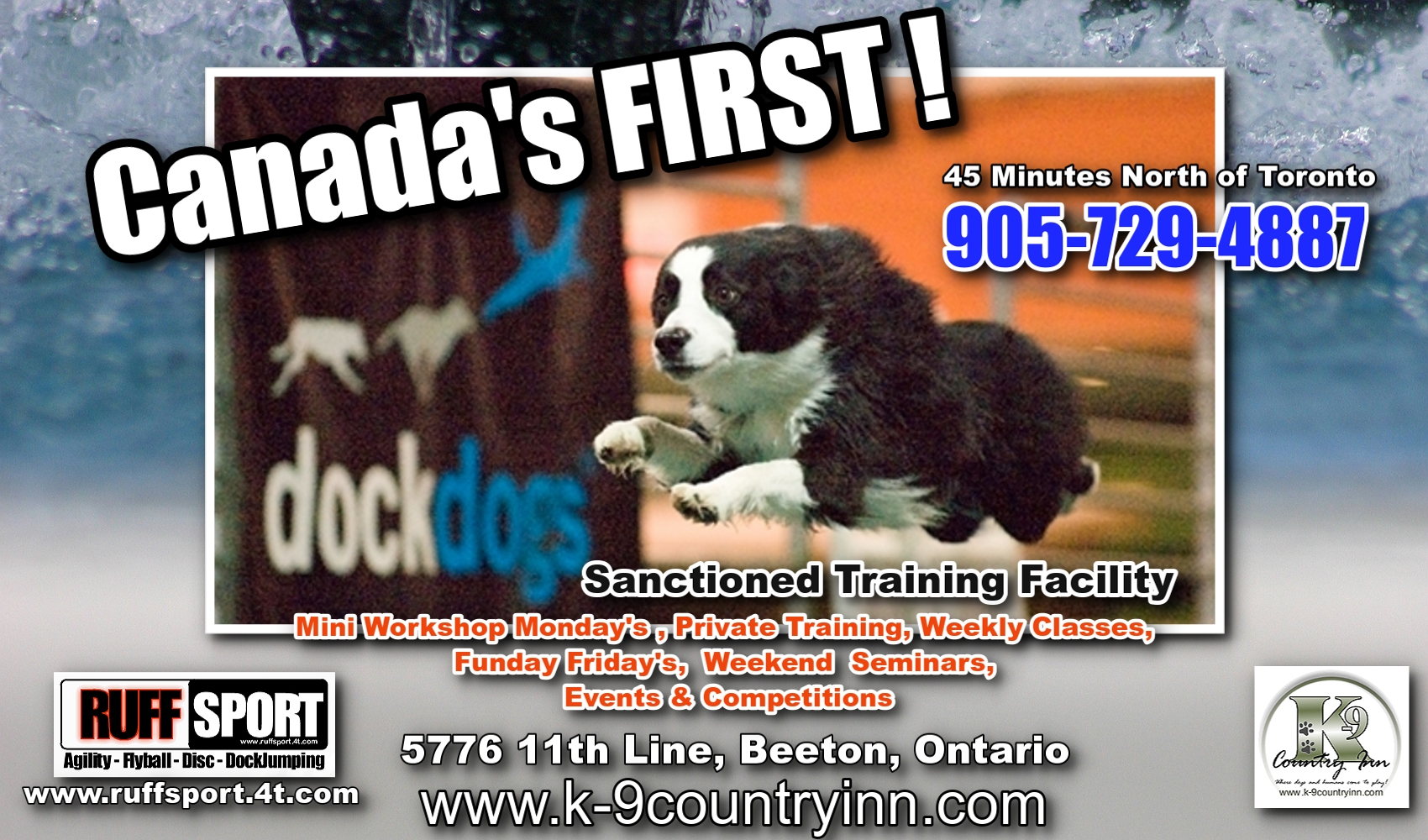An Introduction to Lure Coursing
From:csfa.info
This article should give you a general overview of this exciting canine sport and introduce you to the basics. We hope that it will answer any questions you may have and pique your interest so that you will attend a practice or trial and see for yourself what it is all about. Coursing clubs encourage you to let your Sighthound try coursing at a practice to see if he or she enjoys it, and if this is the case, we hope you will become involved to see how much fun you can have by participating.
 Lure coursing is different things to various people. It's an opportunity to let our Sighthounds succumb to their instinct; it is an enjoyable day spent with friends who have a common interest; it is time spent with your "best friend" in a fairly secluded and beautiful outdoor setting; it is a visually exciting sport that is both poetic and strenuous. Best of all, it is something that the dogs themselves love to do.
Lure coursing is different things to various people. It's an opportunity to let our Sighthounds succumb to their instinct; it is an enjoyable day spent with friends who have a common interest; it is time spent with your "best friend" in a fairly secluded and beautiful outdoor setting; it is a visually exciting sport that is both poetic and strenuous. Best of all, it is something that the dogs themselves love to do.
Our beautiful Sighthounds have inspired painters, artists, lyricists, sculptors and writers, and have stirred emotional responses in the strongest of hearts. The vision of a Sighthound in motion, running flat out in pursuit, is truly breathtaking and one you will never forget. While conformation shows can expose the public to the tranquil beauty of these dogs, relatively few people have the opportunity to witness these breeds in real action. Lure coursing will give you this opportunity in a controlled and safe environment.
What is Lure Coursing?
In simple terms, coursing means to run or race after something. Lure coursing is a simulation of a rabbit (the lure) in flight from predators (the hounds) who chase after it. For humanitarian reasons, live rabbits have been replaced by white plastic bags which are moved through the coursing field by means of a special string at ground level with pulleys controlling the direction. The lure makes sudden turns, veers off in various directions, and often does the unexpected as a rabbit would if pursued. Hence, you will often hear handlers telling their hounds to "get the bunny."
The object is for the hounds to course the "bunny" until it completes the pre-determined pattern at which point they are allowed to catch it. A lure operator ensures that the lure always stays slightly ahead of the dogs until the course ends.
The hounds are coursed in groups of three, picked at random from the entries. However, it is permissible to run in braces should the numbers not provide equal groups of three.
Blankets are worn to denote the dogs and to facilitate the judges in scoring them. The blankets are always bright yellow, bright pink and bright blue, and the colour worn also determines the dogs starting position.
The dogs are coursed in a preliminary round in the morning and then again in the afternoon with the lure moving in the opposite direction. Two judges who are positioned for optimum view, score each dog to determine the first through fourth placing dogs as well as the next best qualifying in each breed.
Basically, that is lure coursing in a nutshell. Clubs have the option to then run the best of each breed against each other to determine the Best in Field, however, this is an unofficial event as are the options of having puppy runs and veteran runs.
Who is Eligible?
While most dogs instinctively love to chase and capture, the Sighthound breeds are specifically bred for this purpose and therefore are the most adept at following a lure. Under the Canadian Kennel Club rules, lure coursing trials are only open to the following breeds:
Afghan Hounds
Basenjis
Borzois
Greyhounds
Ibizan Hounds
Irish Wolfhounds
Pharaoh Hounds
Salukis
Scottish Deerhounds
Whippets
All dogs must be registered or listed with the Canadian Kennel Club, and spayed or neutered dogs are eligible. Dogs must be at least one year of age to be entered in a trial and it is mandatory that they be proven clean runners, having successfully been tested with another dog.
Bitches in heat and lame dogs are prohibited from running. Dogs that are disqualified from running in Canada or the United States are also not eligible.
How to Start
The first step in becoming involved in lure coursing is to attend a practice with your hound. Inexperienced and young dogs are coursed alone to determine interest and to gain experience. Most Sighthounds are immediately enthusiastic and interested when they see the lure moving, and instinctively want to chase it. At this point, the "bunny" or lure will probably outsmart the inexperienced animal, however, the lure operator will make every attempt to hold the dog's interest and encourage him by moving the lure accordingly.
Practices will give you some idea of what to expect at a trial. It is a good idea to allow your dogs to attend a number of practices to improve his skill and keep his interest up.
Testing Your Hound
Once your dog is old enough and you feel that he is experienced enough at running on his own, you should test him with an experienced dog to ensure that he will run in a trio or brace without interfering, threatening, or playing with the other dogs.
This is the most important step as the primary concern for all is the safety of the dogs. You wouldn't want your dog running with another animal that may physically injure him or frighten him. The dogs should be so intent on the lure that they don't even pay attention to other dogs.
By testing the novice dog with an experienced dog that is known to be a clean runner, in the presence of a judge, there is some guarantee that the animals are safe.
It is mandated by the Canadian Kennel Club that a dog be precerted prior to entering their first trial. Most clubs will hold precertification runs at the end of the day. It is up to you to approach someone in charge and make arrangements for the precert to be done.
How Do I Enter a Field Trial?
Lure coursing clubs put out premium lists prior to the trial containing details on where it is; who the judges are; time of roll call; running order of the breeds; course layouts, as well as official entry forms.
Information is given as to the individual club's entry policy. Some clubs insist on pre-entries only while others will accept entries up until roll call or give a discounted entry fee for pre-entries. Read the instructions carefully to discern the difference.
The premium lists are available at various conformation shows and other trials prior to the event. Most clubs have an emailing list for those who wish to be sent premium lists for their trials.
The Day of the Trial
On the day of the trial you must be in attendance with your dog at roll call or you cannot participate. Be sure and check the time of roll call on the premium list and show up with your dog(s) prior to that time. It is advisable to bring everything you will need for your dog to be comfortable for the duration of the day. These items include water, an exercise pen if required, etc. You will also require a slip lead to release your dog when he runs.
A member of the club will be assigned to undertake roll call and is supplied with a list of all the dogs entered. You will be informed when roll call is to begin and the handlers line up with their hounds where requested. When the dog's name is called, he is examined to ensure that he is fit. This requires you to gait your dog with the roll call representative watching.
If you have a bitch, the roll call attendant will check her using a white tissue to ensure that she is not in season. You should never bring a bitch in season to a trial since it distracts the males and could cause them to get testy. If your bitch comes into season after you have entered, you are entitled to a refund of your entry money. The same applies if your dog is lame.
Once all of the dogs have been examined, the Field Trial Secretary will determine their running order and post it. You should check the list to see what course number your dog is running in and what colour blanket he will wear. For example, if your dog has been assigned 2P, it means that he will run in the second course of your particular breed and wear a pink blanket. You can look for 2Y and 2B to see who your dog is running with in the preliminary round.
Most clubs have blankets that you can use when you're starting out, however, should you pursue coursing you will probably want to make your own so that the correct size and colour is available when you need it. Bear in mind that the colours should be high intensity to make judging easier.
Prior to the dogs running, a test dog runs that course in the presence of the competitors and judges. The test dog is one that is not competing that day and should you decide after watching him that the course has hazards for your particular dog, you are entitled to pull him. The test dog must complete the course to the satisfaction of the judges determining that it is safe and functional in their opinion. In some cases, the club may elect to run test dog prior to roll call. If this is the case, it will be reflected in the premium list.
You're now ready to start the trial. A club representative will be in the "paddock" and call the dogs who are about to run. You should have your dog ready with his blanket and slip lead on so that you do not cause delays as this could result in a penalty. When your dog has been called, you line up with the other dogs at the starting position. Another club member will be acting as "Huntmaster" and he or she will ask the Judges if they are ready. When this has been confirmed, he will then ask the Lure Operator is he is ready and then the handlers. Once everyone is ready, the Huntmaster will initiate the movement of the lure and then shout "Tally-ho" at which point the dogs are released. Do not release your dog before you hear the "T" in Tally-ho or you could be penalised for a pre-slip. Sometimes this is more difficult than it sounds when you have an enthusiastic dog straining to run and you hear the lure start to move.
Now everything is up to the dogs until they reach the end of the course and the Huntmaster tells you to "retrieve your hounds." Again, should your hound elude you and you have to chase him all over the field, you could be penalised, however, you'll be pleased to know that most dogs remain by the now stationary lure.
The Judges will each score your dog and their combined scores determine who is in the lead. This will be posted along with the running order, course number and blanket colour for the afternoon as soon after your breed has finished running as possible. Again, the running order of the dogs is be random draw. In the meantime, the remaining breeds run the course.
The same process is repeated in the afternoon with the lure moving in the opposite direction. Again, the dogs will be scored and the total of all scores for the day determine the winner. Should any of the dogs tie for any placement, you then have the option to run them again against each other or concede to the other dog and take the next placement down.
Should the club choose to have a Best in Field stake, the handler of the dog who won in each breed is asked if they would like to compete. Since it is not an official class, some handlers choose not to participate. Those who do, now run their dogs against the winners of the other breeds to determine who is Best in Field on that day.
Obviously each breed has a different running style and to judge Whippets against Irish Wolfhounds would be like comparing apples and oranges. Therefore, each dog is judged independently on its own merits.
The club may also have puppy stakes where the pups are run alone, as well as Golden Oldies for older dogs.
Following the trial, the Field Trial Secretary will announce that it is time for ribbons and the results are announced and ribbons are presented to the winners.
How Are Dogs Scored?
The two Judges are set up so that they can see the entire field unencumbered. From this vantage point, they can determine how well each dog is doing and anticipate any problems which may result in the judges stopping the course.
The dogs are evaluated on Enthusiasm, Follow, Speed, Agility, and Endurance on the basis of a perfect score being 100. Any penalties which the handler may have incurred through pre-slips, undue course delays, etc. are deducted from the final score.
The Judges score the dogs independently and the results are entered on a record sheet by the Field Clerk and totalled. The figures are then calculated to arrive at a combined score.
This procedure is carried out in both rounds to arrive at a total score for the day and it is from this score that the winners and placements are determined.
The Judges also have the authority to disqualify, dismiss or excuse your dog for interfering, showing aggression, playing or coursing another dog rather than the lure. A disqualification prohibits your dog from competing in any trials unless he has been successfully re-tested under the Canadian Kennel Club rules. Two dismissals in a calendar year is the equivalent of a disqualification and the same procedure applies. However, if your dog is excused, he is only ineligible from competing at that particular trial.
How Does the Pulley System Work?
Approximately 1,000 yards of braided nylon line is strung tautly in a loop using wooden pulleys which have been staked in the ground. Powered by a powerful battery, the line is pulled around the course by a reel. In this way, the "bunny" which is really a white plastic bag, simulating the movement of a rabbit is able to run in straight lines, zigzag, and so on.
A Word About Safety!
The primary concern for all clubs is the safety of the dogs. Fields are checked scrupulously for holes, hazards, or any perils that could endanger the dogs. Every attempt is made to ensure that the course is laid out in a safe manner. In addition, only "safe", tested dogs should be running to ensure that they pose no threat to other animals.
As any athlete knows, any strenuous physical activity or sport is not entirely without risks, however, dogs could suffer the same risks by playing in a backyard, or running in a park. In the event of an accident, a veterinarian is always on call and all of the clubs have experienced and knowledgeable handlers who know what to do in case of an emergency. Often veterinarians and people trained in animal health are present and can handle just about anything that comes up.
It goes without saying that your dog should be in condition before running him. It is foolish to expect a dog that is grossly obese and spends no time at all exercising to run without injury to his muscles and tendons. However, if your dog is healthy and receives adequate exercise, then there is no reason why he should hurt himself.
Common sense should prevail when deciding whether to run your dog. In effect, he is the athlete and you are his coach. In this capacity, you must always do what is best for the dog. If he is too tired to compete in a run-off, don't push him. If it is too hot and he is showing signs of heat exhaustion, pull him. Your dog's well being must always come first. The clubs have taken every precaution to ensure that coursing is safe, and the rest is up to you, the one person who knows the dog better that anyone else.
What Can Lure Coursing Do for Me and My Dog
Coursing can do a lot for the two of you! It is a bloodless sport where the dogs can do what they were bred to do and instinctively want to do. Simply put, they enjoy it. It lets them be what they were meant to be without breaking any of the rules that mankind has imposed on them.
If you own a Sighthound, then you own a running dog and in this day and age when dogs aren't allowed off leashes and are prohibited from even walking in many parks and buildings, it gives them the chance to do just that - to run.
It is good, healthy exercise and gives your dog a chance to do something with his master that excites him thus creating and strengthening that special bond between you because you are encouraging and praising him for something he enjoys.
You can't force your dog to course if he doesn't want to. It has to be his idea. The competition aspect is placed squarely on the shoulders of the dogs themselves so you don't have to feel competitive with other handlers because you aren't competing with them. You'll actually find that most of them will go out of their way to be helpful to you and cheer you and your dog on.
While there are no guarantees, allowing your dog to course can help a timid dog build confidence and a nervous dog to relax. It channels their energies into something constructive that is pleasing to them.
Imagine, if you will, never being allowed to do something that you innately felt compelled to do. Can you imagine how frustrating it would be? Well, that is exactly what we do to our running hounds who are never granted the opportunity to pursue their instinctive drive to run and chase. By letting them do this, they can overcome that frustration and in many cases it becomes an effective tool in the socialization and mental well being of certain hounds.
Coursing is always a very sociable event. Most clubs provide excellent lunches and sometimes dinner at very reasonable prices. Sometimes there are special functions like auctions, draws, etc. after the day's events and tired handlers and dogs can relax and enjoy each other's company. Everyone has the same interests and love of dogs at heart so it is much easier to make friends and enjoy the atmosphere. The fresh air, the excitement of the dogs and the company of friendly people are all part of a lure coursing trial.
Some even marry on the field!
For those who do possess a competitive nature, there is always the goal of obtaining another title for your dog and adding to your collection of rosettes and trophies. It is always nice to have a dual championship on a show dog to prove he is functional as well as beautiful. But it is just as nice to obtain a title on your "couch potato." On the coursing field, pets and show dogs are equal.
More than anything else though, lure coursing is something you and your dog should do for the sheer pleasure of it.
Canadian Sighthound Field Association Link

 Lure coursing,
Lure coursing,  Ontario,
Ontario,  dog sports,
dog sports,  greyhounds,
greyhounds,  saluki,
saluki,  whippet in
whippet in  Lure Coursing
Lure Coursing 





Reader Comments